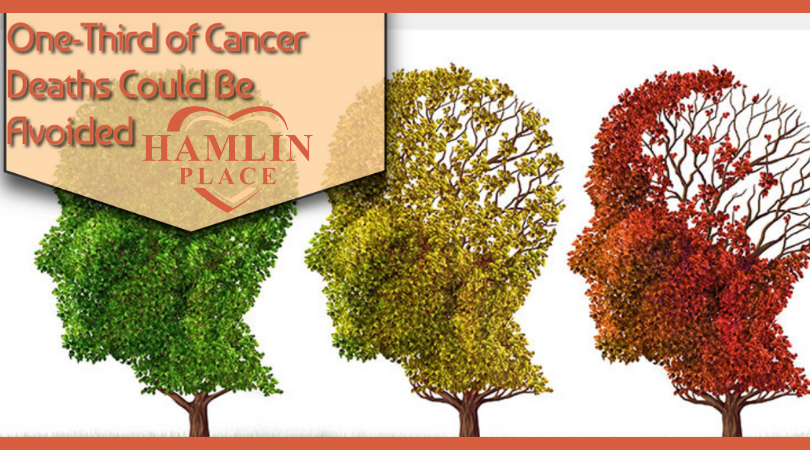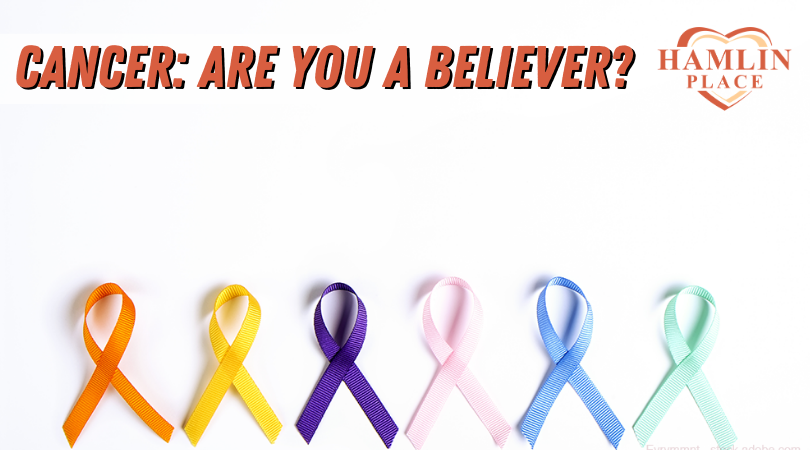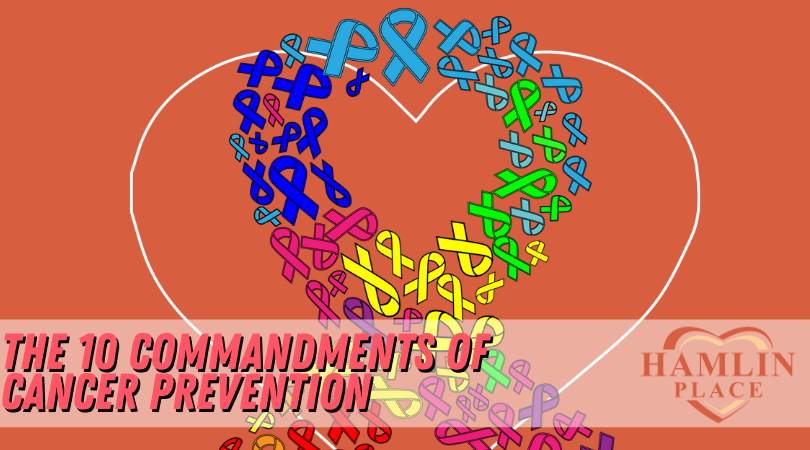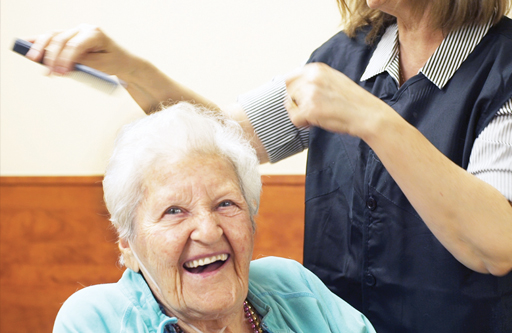
Breast Cancer and You; Risk Factors and Safety Precautions
Today’s woman is more knowledgeable and conscientious than ever about the risks of cancer. This is especially true for women over 40 years of age, who have crossed the threshold of increased risk of cancer.
Age is so essential to cancer development that about 76% of women who develop it have no other risk factors other than age. However, all women, regardless of age or race, need to acknowledge the risk of developing it. All women are at risk.
Risk Factors
Women who have never smoked a day in their entire lives can develop cancer in the breast. Women who have always been health conscious can also develop it. In fact, nearly one woman out of eleven will experience breast cancer. A staggering statistic by anybody’s standards!
An estimated 211,000 new cases of cancer were diagnosed this past year. Even with the increased awareness programs, early detection through annual mammography screening, and instruction for self-examination, breast cancer remains a leading cause of death for women.
Breast cancer, like other forms of cancer, is a disease of the cells. In all, there are about fifteen different types of cancer. Some are more serious than others, but the one common factor each share is that neither the cause nor the cure has been found.
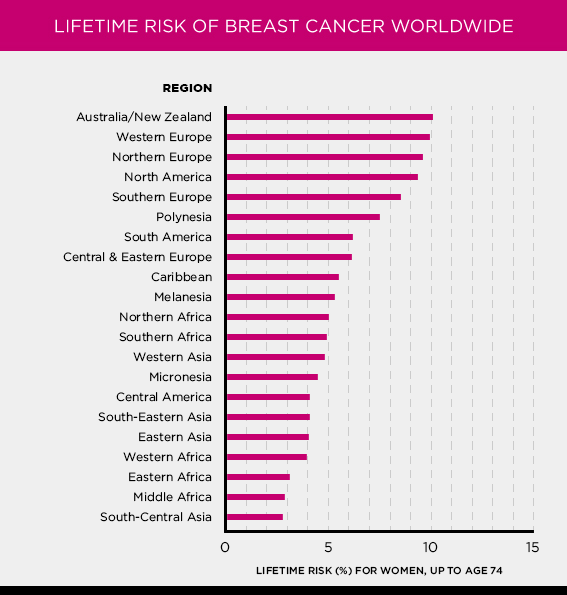
There are four recognized developmental stages of breast cancer:
(1.) State 0: Cancer cells are present in either the lining of the milk glands (lobules) or in the tubes (ducts) that link the milk glands to the nipple. No cancer cells have spread to the nearby fatty tissue.
(2.) Stage 1: Cancer has spread to nearby fatty tissue in the breast. Tumor size is about 1” or under; no cancer cells are present in surrounding lymph nodes.
(3.) Stage 2: Size of the tumor is 1” to 2” in diameter; cancer cells may have also spread to nearby lymph nodes.
(4.) Stage 3: Cancer is locally advanced. Tumors are approximately 2” or larger in diameter, or tumors of any size have spread to lymph nodes under the arm or in the chest (above or below the collarbone).
(5.) Stage 4: Metastatic, advanced cancer. The cancer has spread from the breast and lymph nodes to other parts of the body.
Early detection of breast cancer remains a woman’s best chance of survival, and women of all ages should take advantage of all the resources available.
Every woman should:
1.) Become educated about the risk factors associated with breast cancer.
2.) Become knowledgeable about the types, stages, and symptoms of breast cancer.
3.) Learn the correct procedure for self-examination tests, and perform them routinely.
Long-term use of oral contraceptives, early menstruation, late first full-term pregnancy, exposure to high doses of radiation – puberty through childbearing years, and an inherited genetic mutation can increase a woman’s risk of acquiring breast cancer.
Women 40 years of age and older should also:
1.) Have an annual mammography screening.
2.) Become educated about increased age-related risks associated with breast cancer.
Recent studies confirm that breast cancer risk in midlife increases with regular consumption of alcohol, hormone replacement therapy, weight, and body mass distribution.
During self-examination, look for a lump or thickening in the breast, discharge from the nipple, scaliness on the skin or around the nipple, a change in shape, color, or texture dimpling or puckering.
If you detect a lump, don’t panic. About 85-percent of all lumps turn out to be nonmalignant. Make an appointment with your doctor for a more thorough examination and tests.
Treatment for cancer today is often less radical than in years past, and chances for survival much better when the tumor is discovered early.
Author’s note: The third Friday in October is National Mammography Day.

